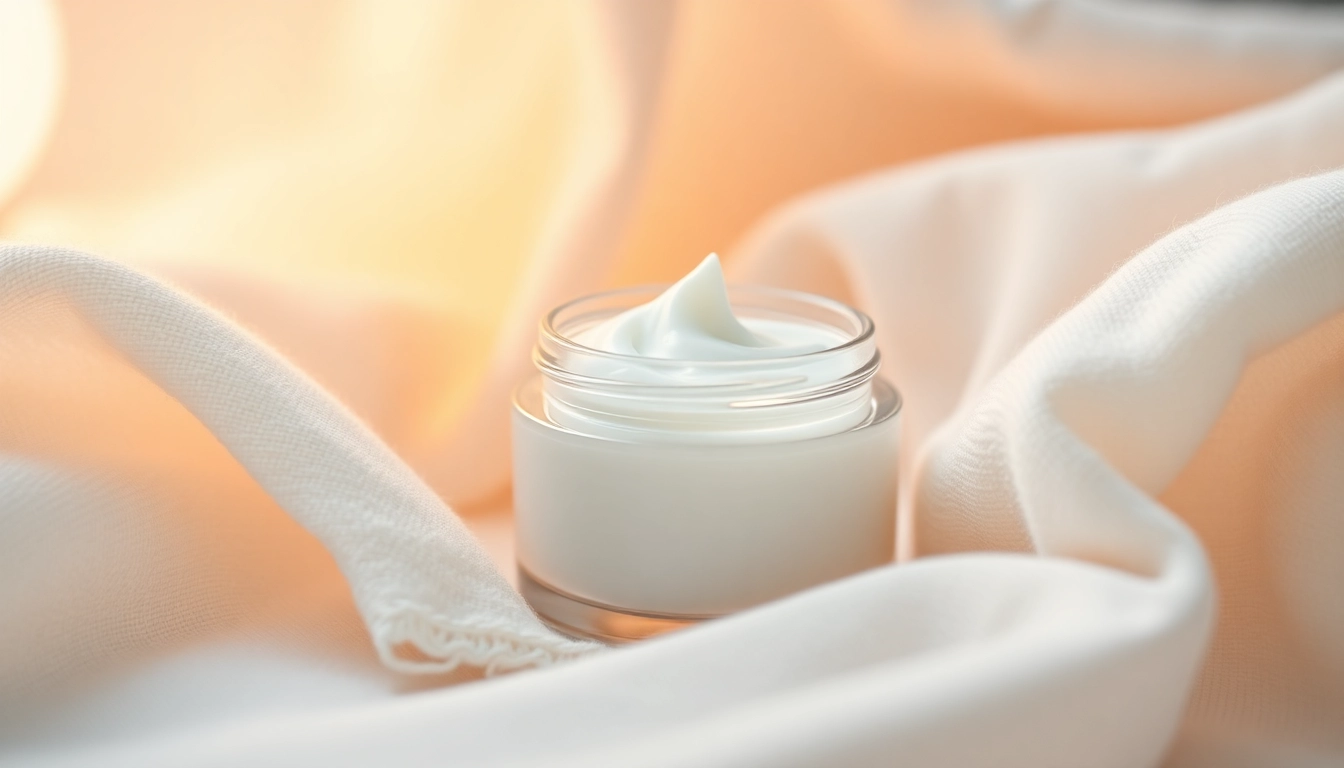Your hands are one of the most exposed parts of your body, often subjected to harsh environmental conditions and frequent washing. It’s imperative to maintain their health and hydration, and using a hand moisturiser can play a crucial role in this. This comprehensive guide will delve into everything you need to know about hand moisturisers, from understanding their components to selecting the ideal one for your specific needs.
Understanding Hand Moisturiser
What is Hand Moisturiser?
Hand moisturiser is a skincare product specifically formulated to hydrate, nourish, and protect the skin on your hands. These products can vary in texture, scent, and ingredients, catering to various skin types and concerns. The primary function of a hand moisturiser is to replenish moisture lost due to environmental factors, frequent handwashing, or skin conditions.
Key Ingredients in Hand Moisturisers
Formulating an effective hand moisturiser involves a variety of ingredients, each contributing to the product’s overall efficacy. Key ingredients often found in hand moisturisers include:
- Glycerin: A humectant that attracts water to the skin, helping to keep it hydrated.
- Shea Butter: Known for its rich, creamy texture; it provides deep moisture and nourishment.
- Hyaluronic Acid: A powerful substance that can hold 1,000 times its weight in water, making it an excellent hydrator.
- Dimethicone: A silicone-based compound that forms a barrier on the skin, keeping moisture in.
- Natural Oils: Oils like jojoba, almond, and coconut deliver essential fatty acids that can repair and protect the skin.
Benefits of Using Hand Moisturiser Regularly
The advantages of incorporating a hand moisturiser into your daily routine are numerous:
- Hydration: Regular use ensures your hands remain moisturised, which is essential for preventing dryness.
- Protection: Moisturisers create a protective barrier against environmental factors such as cold, wind, and UV rays.
- Prevention of Cracking: A well-hydrated skin barrier is less likely to crack, which can lead to pain or infection.
- Improved Appearance: Consistent moisturisation leads to smoother, softer skin, reducing signs of aging such as wrinkles.
- Enhances Sensation: Hydrated skin is more sensitive and responsive to touch, contributing positively to tactile experiences.
Selecting the Right Hand Moisturiser
Identifying Your Skin Type
Understanding your skin type is crucial when selecting a suitable hand moisturiser. The primary skin types include:
- Dry Skin: Seek richer creams with occlusive ingredients like shea butter and oils.
- Oily Skin: Opt for lightweight, gel-based moisturisers that are non-comedogenic.
- Combination Skin: Consider a balanced formulation that hydrates without overwhelming the oilier areas.
- Sensitive Skin: Choose fragrance-free and hypoallergenic products to avoid irritation.
Top Features to Look for
When choosing a hand moisturiser, keep in mind these features to enhance your experience:
- Absorption Rate: A fast-absorbing formula can be beneficial for quick hydration, especially if you’re on the go.
- Fragrance: Choose scents wisely; while some may prefer aromatic products, others may react negatively to strong fragrances.
- SPF Protection: A hand moisturiser with added SPF can offer protection against sun damage, which is crucial for maintaining skin health.
- Eco-friendliness: More brands are opting for sustainable ingredients and packaging; opt for those that align with your values.
Natural vs. Synthetic Ingredients
The choice between natural and synthetic ingredients often depends on personal preference and specific skin needs. Natural ingredients tend to be gentler and can provide additional nutrients, while synthetic substances often have stability and consistency benefits. Consider the efficacy and your skin’s reaction to either option to find what works best for you.
Application Techniques for Maximum Effectiveness
Best Time to Apply Hand Moisturiser
Timing plays a significant role in the effectiveness of hand moisturiser. The best times to apply include:
- After Washing Hands: Applying moisturiser after washing helps to restore moisture that is lost during the washing process.
- Before Bed: Nighttime application allows the product to penetrate deeply as your skin repairs itself during sleep.
- Before Exposure to Harsh Environments: Apply before going out in cold or windy weather to protect your hands.
Proper Application Techniques
To ensure maximum absorption, consider these application techniques:
- Use Enough Product: A dime-sized amount is typically adequate, though you may need more for extremely dry hands.
- Warm It Up: Rub the moisturiser between your palms to warm it up before applying, enhancing absorption.
- Massage It In: Use circular motions, especially around the knuckles and cuts, to promote circulation and absorption.
- Don’t Forget the Nails: Pay attention to the cuticles and nails, as these areas also require hydration.
Boosting Absorption and Hydration
Boosting the absorption of your hand moisturiser can significantly enhance its effectiveness. Here are some techniques:
- Use a Humidifier: Introducing moisture into the air can help maintain skin hydration.
- Follow with Gloves: Applying moisturiser and then wearing cotton gloves overnight can lock in moisture for intensified hydration.
- Layering Products: Start with a serum or oil before applying cream for added hydration.
Common Challenges with Hand Moisturising
Dealing with Sensitive Skin Reactions
Individuals with sensitive skin may experience reactions to certain ingredients. If irritation occurs, consider:
- Patch Testing: Always test a new product on a small area of skin before full application to check for adverse reactions.
- Choosing Hypoallergenic Products: Opt for products specifically formulated for sensitive skin.
- Consulting with Dermatologists: Professional guidance can help you identify irritants and find suitable alternatives.
Addressing Dryness in Harsh Weather
Cold weather can exacerbate dryness. To combat this:
- Invest in a Heavier Cream: Use products with stronger occlusive ingredients during winter months to lock in moisture.
- Increase Water Intake: Staying hydrated internally can significantly impact your skin’s moisture levels.
- Wear Protective Gloves: Use gloves when outside to shield your hands from cold, wind, and dry air.
Frequently Asked Questions About Hand Care
Here are some common inquiries regarding hand care:
- How often should I moisturise my hands? It’s recommended to moisturise immediately after washing hands and at least twice daily for optimal hydration.
- Can I use body lotion on my hands? While body lotion can provide some moisture, hand-specific formulations often contain additional beneficial ingredients for skin health.
- What can I do for extremely dry hands? Look for products designed for intensive repair, and consider using a combination of treatments, including overnight creams and proactive hydration.
Top Hand Moisturiser Recommendations
Best Hand Moisturisers for Different Needs
There’s a plethora of hand moisturisers available on the market designed to address various needs:
- For Extreme Dryness: Look for products like CeraVe Therapeutic Hand Cream, which contains ceramides to repair the skin barrier.
- Quick Absorption: Check out Neutrogena Norwegian Formula Hand Cream, known for its lightweight, fast-absorbing texture.
- Sensitive Skin: Vanicream Moisturizing Skin Cream is an excellent option for those prone to irritation.
- Anti-Aging: Consider Olay Regenerist Microsculpting Cream, which targets wrinkles and dryness.
User Reviews and Testimonials
User feedback often provides insight into product effectiveness. Look for reviews addressing:
- Texture and Feel: Many users mention the importance of how a product feels upon application—whether it’s greasy or absorbs quickly.
- Long-term Results: Consistently effective products will often receive praise for their lasting hydration performances.
- Skin Compatibility: Those with sensitive skin will frequently share their experiences, highlighting products that are gentle and effective.
Comparative Analysis of Leading Brands
Comparing different brands can help in making an informed decision:
- L’Occitane: Renowned for its use of natural ingredients and offering a luxurious cream experience. However, the price point is higher.
- Vaseline: A traditional and affordable option that excels in occlusive properties, though some may find it heavy.
- Cetaphil: Recommended by dermatologists for sensitive skin, noted for its gentle formulations and efficiency.















Leave a Reply